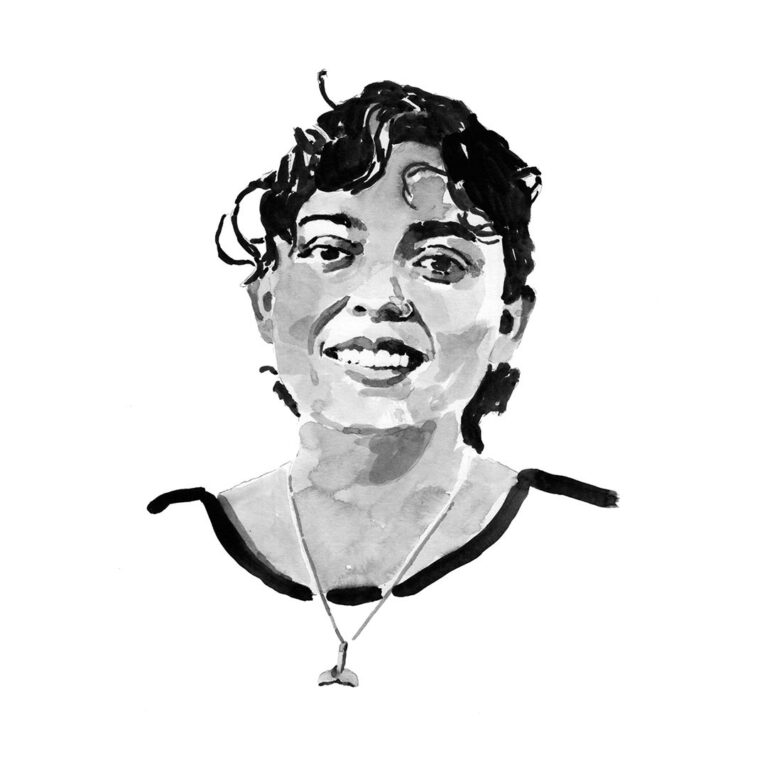Ilse Alejandra Martinez

Who I am
Despite living in Mexico City, from the age of seven I have been obsessed with marine life. So I became a hydrobiologist. I was always interested in sharks but had no opportunity to study them in college. So instead I did internships and volunteered in conservation projects that allowed me to get involved in shark and marine conservation. However, I was never the kind of biologist who fits perfectly into a mould. I love being out in the field, but I am also interested in human nature and how people interact. Studying the artisanal shark fisheries in the southern Gulf of Mexico while doing my Master’s degree allowed me to explore both sides of my academic interests – fisheries and humans – and how they influence each other. It also made me realise how complex conservation is and the importance of working side by side with coastal communities. I enjoy spending time with fishers and learning from them as much as I enjoy being the classic biologist who gets incredibly excited when she gets to go snorkelling or diving.
Where I work
Terminos Lagoon is located in the state of Campeche on the Yucatán Peninsula. It is the largest coastal lagoon in south-eastern Mexico, covering more than 2,500 square kilometres (965 square miles). With its white-sand beaches and never-ending stretches of turquoise water, it is easy to forget you are in a lagoon when you are standing next to the shore. It has a really long fishing history – and by long, I mean since people of the ancient Maya civilisation were walking around and going about their daily lives. Later the lagoon became a strategic location for pirates who attacked Mexican shores and finally, and most importantly, nowadays it is a natural protected area with a great diversity of habitats, including sea-grass beds and mangroves. Terminos Lagoon has shaped the history of the state, having played an important cultural and economic role for its coastal communities. But it also plays an important role for local elasmobranch populations, being a nursery area for at least five shark species and a historical elasmobranch fishing ground – all of which makes the lagoon the perfect place to start conservation efforts in the state using interdisciplinary research.
What I do
The first thing I learned when I started working with fishers is that I’d have to get up really early; they are busy people! So a typical day starts when the sun is barely rising: I walk to the dock or the beach and start asking questions. Sometimes I’m lucky and the fishers aren’t too busy, so I can spend from a few minutes to a few hours talking about their work and their lives. They tell me about their childhood and how different everything was; about the fishing gear they used and the species they caught; sometimes about everything that is going wrong – the weather, the catches, politics. In general, I leave with more than I started with, whether it’s an anecdote, a laugh, sometimes even a fish. But most of the time it is with freely given knowledge.
